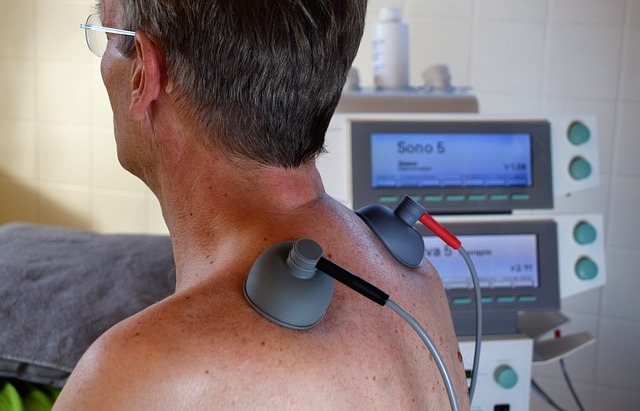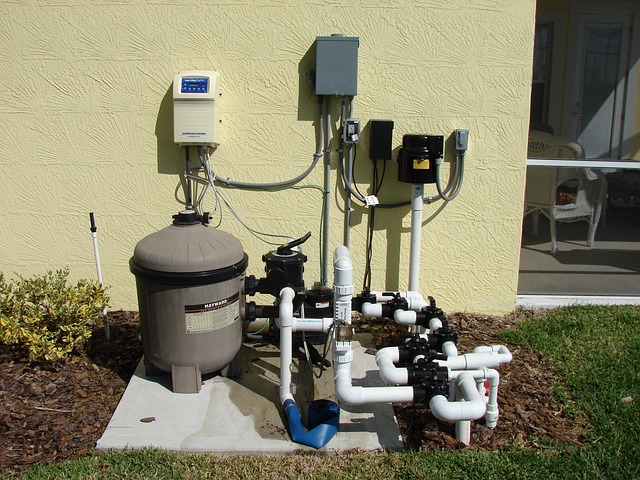Prostate Radiotherapy: A Treatment Path That Might Help Manage Cancer Effectively
Prostate radiotherapy involves using focused radiation to destroy cancerous cells in the prostate gland. It may be used as a primary treatment or in combination with surgery or hormone therapy. Advanced techniques like intensity-modulated radiation therapy (IMRT) and image-guided radiotherapy (IGRT) allow for precise targeting, which could reduce side effects and improve outcomes. Treatments are often outpatient-based and tailored to the stage and grade of the cancer.

Understanding Prostate Cancer Radiation Therapy Basics
Radiation therapy for prostate cancer works by using high-energy rays to damage the DNA of cancer cells, preventing them from dividing and growing. The treatment can be delivered through external beam radiation therapy (EBRT) or internal radiation therapy (brachytherapy). Modern techniques have significantly improved the precision and effectiveness of these treatments, leading to better outcomes for many patients.
Advanced Radiotherapy Technologies and Techniques
Intensity-modulated radiation therapy (IMRT) represents one of the most sophisticated approaches to prostate cancer treatment. This technology allows radiation oncologists to precisely shape the radiation beam to match the prostate’s contours, adjusting the intensity of radiation doses across different areas. Image-guided radiotherapy (IGRT) further enhances precision by using real-time imaging to ensure accurate targeting throughout the treatment course.
Benefits of Non-Surgical Prostate Treatment Options
Choosing radiotherapy as a non-surgical treatment option offers several advantages. Patients typically maintain their daily routines during treatment, as sessions are usually outpatient-based and last only a few minutes. Recovery time is generally shorter compared to surgery, and there’s no need for general anesthesia. Additionally, modern radiotherapy techniques often result in fewer immediate side effects than traditional surgical approaches.
Exploring Prostate IMRT Options and Planning
Treatment planning for IMRT involves detailed imaging studies and sophisticated computer modeling to create a personalized radiation delivery plan. The process typically includes:
-
Initial consultation and imaging
-
Treatment simulation
-
Development of a custom radiation plan
-
Quality assurance testing
-
Regular monitoring throughout treatment
Finding Quality Radiation Treatment Centers
When seeking radiation treatment, it’s essential to consider facilities that offer comprehensive care. Here’s a comparison of typical radiation therapy center features:
| Treatment Center Type | Available Technologies | Treatment Duration | Support Services |
|---|---|---|---|
| Academic Centers | IMRT, IGRT, Proton | 6-8 weeks | Full medical team |
| Community Centers | IMRT, IGRT | 6-8 weeks | Basic support |
| Specialized Centers | All advanced options | Varies | Comprehensive |
This article is for informational purposes only and should not be considered medical advice. Please consult a qualified healthcare professional for personalized guidance and treatment.
Treatment Outcomes and Recovery
The success rate of prostate radiotherapy varies depending on several factors, including cancer stage, overall health, and the specific treatment approach used. Modern radiation techniques have demonstrated excellent outcomes in terms of cancer control while maintaining quality of life. Most patients complete their treatment course within 6-8 weeks, with regular follow-up care to monitor progress and manage any side effects.
The evolution of prostate radiotherapy continues to advance, offering increasingly precise and effective treatment options for patients. With proper planning and care from experienced healthcare providers, radiotherapy remains a viable and often preferred treatment path for many individuals facing prostate cancer.




